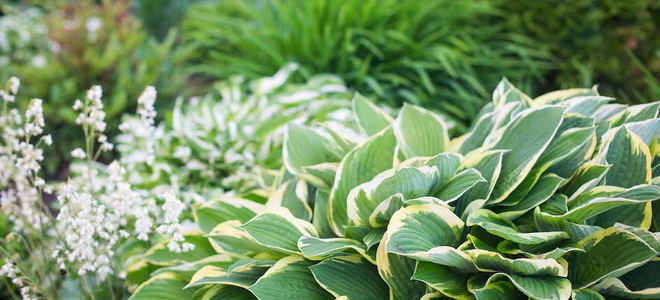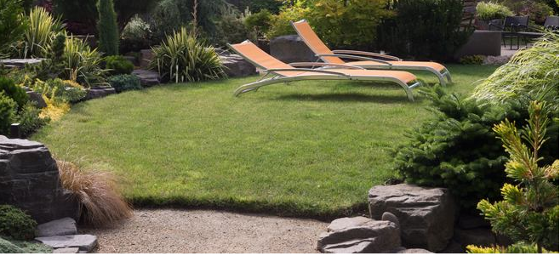It's easy to become overwhelmed when tackling a landscaping project for the first time. With all the choices at your disposal, it doesn’t take long before your landscaping plans and budget get out of hand. Thankfully, following a few simple guidelines will help you create a well-balanced landscape to enjoy for years to come.
Think About Your Needs

A good landscaping plan should be both aesthetically pleasing and serve a physical need. Think about what you want to do with the space and plan accordingly. This might include things like providing your kids with a place to play or growing a vegetable garden. Once you make a list of needs you can start working on some rough sketches of the yard and see what is feasible. These sketches do not have to be precise, but they should give you an idea of the layout of your yard.
Create a Budget
Once you decide on a plan, it's time to create a realistic budget. Even if you only plan on starting with a garden, plants and mulch add up quickly, and that is not accounting for rental equipment and other materials. Fortunately, if you plan correctly then you should have a good idea of what your landscaping ideas will cost and avoid being surprised by a massive bill.
Consider Climate

You should always keep in mind climate changes when planning landscaping. This includes noting any patterns of the sun and wind in your area. For example, if you build a patio in an area that gets a lot of sun but doesn’t have any shade, then summertime barbeques will not be comfortable or relaxing. You can, however, mitigate some of these weather inconveniences with a little bit of planning and knowledge.
Begin With Small Changes
It's tempting to make big changes when you start landscaping designs. After all, who doesn’t want to transform their yard into a dream space? Avoid this common pitfall for beginners by making small changes at first. Not only will this be easier to accomplish in a realistic timeframe, but it also gives you room if you change your mind. This is helpful when adding plants to the landscape, especially when they start growing and filling in.
Basic Landscaping Elements

There are five basic elements of outdoor design—color, form, scale, balance, and variety. All of these elements should be taken into account in your design. Choose colors that contrast with each other without feeling too overwhelming. Form is closely associated with scale and refers to the shapes of different plants, trees, and shrubs and how they interact with each other. The trick is to create a sense of balance throughout your landscape by incorporating similar plants in different areas.
Create a Focal Point
Your landscape should include a focal point that draws the eye. The focal point can be anything from a large sculpture to a standout tree, plant, or shrub. The key is to draw the attention to the focal point, which will naturally lead the eye throughout the landscape. You can also install more than one focal point depending on the size of the landscape.
Common Mistakes

One of the biggest mistakes beginners make is not paying enough attention to size and scale. An oversized deck can make a small yard look even smaller while a large tree can easily overtake a yard and create a gloomy atmosphere. Planning ahead should give you a good idea on how to use size and scale in your yard.
Be Flexible
One of the most important things is to remain flexible in your plans. Even the best of plans look a little different in reality and need a little adjusting. If you start small and follow the basics of landscaping, then you won’t have to make big changes on the fly. Not only will this save you time, but it will also be a little easier on your budget in the long run.








Comments:
Post Your Comment: